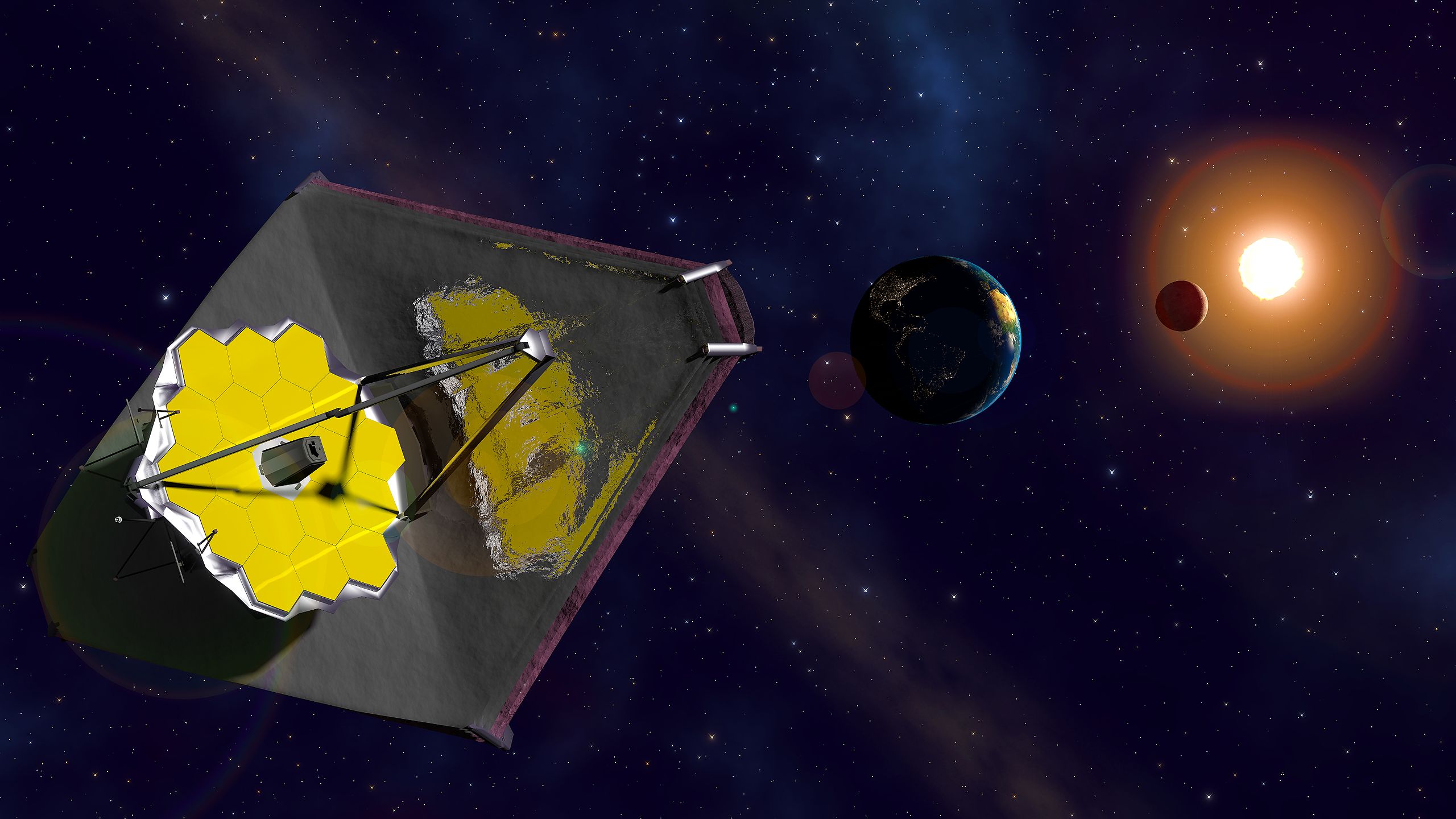Artemis 1 moon mission squeezing communications with James Webb Space Telescope
NASA's Deep Space Network has a limited communications capacity.

Two major NASA missions that have launched in the past year are revealing a communications weakness in space.
NASA communicates with all of its distant spacecraft — from the Orion capsule to the James Webb Space Telescope (Webb or JWST) to Voyager 1 — through the Deep Space Network, a collection of 14 antennas located at three sites in California, Spain and Australia. But the network is busy, and ensuring that every mission beyond Earth orbit has the communications time it needs can be tricky, an issue that the Artemis 1 mission has exacerbated.
"We were told over the summer that when the Artemis space mission launched, the Deep Space Network was going to be basically fully taken by Artemis because they needed to keep track of the spaceship," Mercedes López-Morales, an astrophysicist at the Harvard Smithsonian Center for Astrophysics and the chair of the JWST Users Committee, told a meeting of the U.S. National Academies of Sciences' Board on Physics and Astronomy on Wednesday (Nov. 30).
Related: Artemis 1 launch photos: Amazing views of NASA's moon rocket debut (gallery)
The time came on Nov. 16, when NASA launched Artemis 1. A test flight to kick off the agency's return to the moon, the 25-day mission sent an uncrewed Orion capsule to lunar orbit and is scheduled to splash down Earth on Dec. 11.
While Orion is in flight and beyond low Earth orbit, it's in near-constant contact with the Deep Space Network — a major drain that has put the James Webb Space Telescope and other missions in the backseat. NASA has known Artemis would strain the Deep Space Network; the agency arranged upgrades to some antennas and added two new ones in January 2021 and March 2022 in preparation.
But communications time is still scarce. "It could be up to 80 hours — that's about three and a half days — of no contact with JWST at all," López-Morales said she was told before Artemis 1's launch.
Breaking space news, the latest updates on rocket launches, skywatching events and more!
JWST scientists usually send commands to the $10 billion observatory about once a week, she told the board, so infrequent communications doesn't affect the observatory getting its instructions. But for astronomers to actually enjoy Webb's power, the telescope needs to be able to beam home its data — and do so before its computer fills up.
"The big issue is that you cannot download data for that long," López-Morales said.
For Artemis 1, she said, the Space Telescope Science Institute in Maryland, which operates both JWST and the Hubble Space Telescope, rejiggered JWST's observing schedule. Scientists prioritized shorter observations, which create smaller batches of data, to reduce the chances of the telescope's computer filling up before the Deep Space Network can accept the next batch of data.
But because NASA plans additional Artemis launches — and these with humans aboard — in 2024 and beyond, scientists want a different solution to the communications logjam.
"We are desperately asking NASA to come up with a plan to somehow have more access to antennas," López-Morales said.
Email Meghan Bartels at mbartels@space.com or follow her on Twitter @meghanbartels. Follow us on Twitter @Spacedotcom and on Facebook.
Join our Space Forums to keep talking space on the latest missions, night sky and more! And if you have a news tip, correction or comment, let us know at: community@space.com.

Meghan is a senior writer at Space.com and has more than five years' experience as a science journalist based in New York City. She joined Space.com in July 2018, with previous writing published in outlets including Newsweek and Audubon. Meghan earned an MA in science journalism from New York University and a BA in classics from Georgetown University, and in her free time she enjoys reading and visiting museums. Follow her on Twitter at @meghanbartels.
-
Spaceflight Engineer This article would have been correct had Artemis made its September launch date. However, NASA adjustments to the DSN schedule prior to the actual launch in November resulted in JWST getting its full allotment of contact time.Reply
